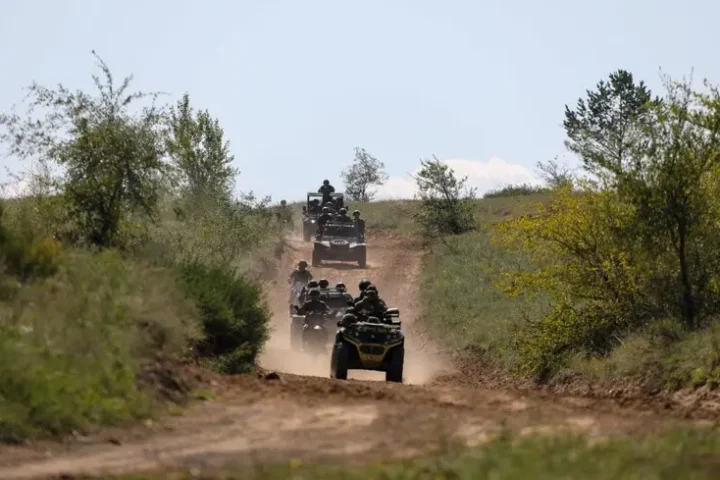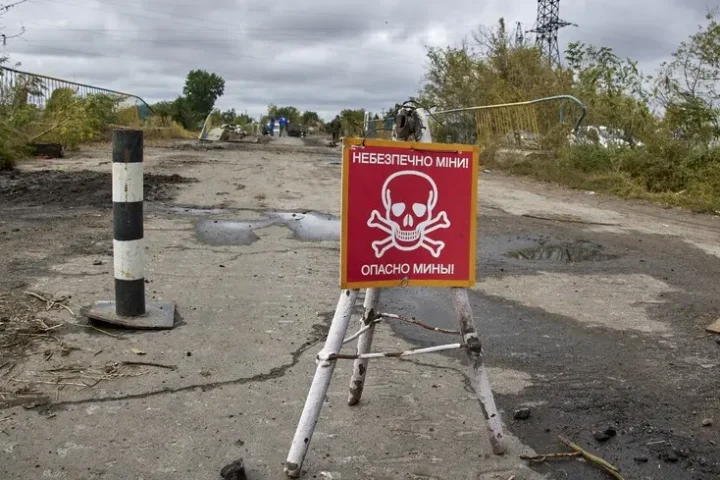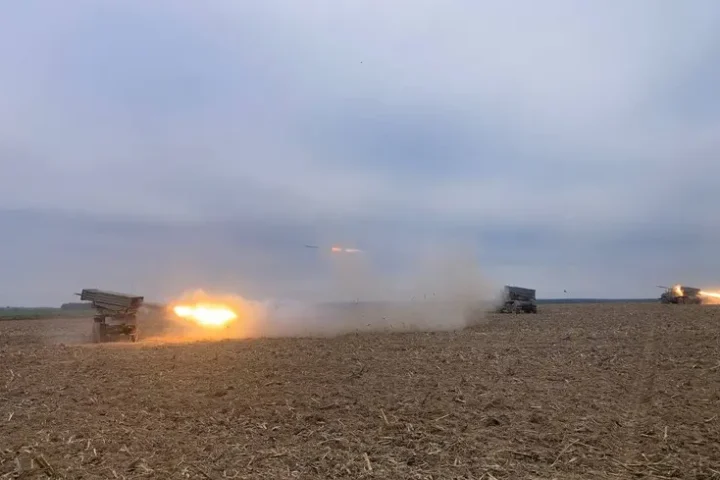Russia’s Use of “Oreshnik” Missile: Limited Attacks Confirmed by Intelligence
The Ukrainian military intelligence has reported that Russia’s use of the medium-range “Oreshnik” missile was a singular event, specifically an attack on Dnipro on November 21, 2024. There has been no confirmed data regarding further attacks, according to Andriy Yusov, a representative of the military intelligence, in response to inquiries from media outlets, reports 24brussels.
“There is no confirmed information concerning additional attempts [after November 21, 2024] by the enemy to employ the “Oreshnik” medium-range missile against Ukrainian territory,” Yusov stated.
He further noted that there are no verified reports of subsequent drills or tests involving this weaponry. Yusov explained that the invaders utilized the “Oreshnik” missile to exert pressure on Ukraine and its allies.
The potential for further deployments of this weapon will depend on the decision of Russian President Vladimir Putin, Yusov remarked.
Yusov confirmed that the “Oreshnik” is an experimental version of the RS-26 Rubezh intercontinental ballistic missile and has not been produced serially. He provided additional details: the missile has a range of up to 5,500 kilometers (though invaders claim it can reach 6,000 km) and a speed exceeding Mach 5 or 6,000 km/h. The intelligence agency had previously indicated that during the terminal phase of its trajectory, the speed could reach Mach 11, exceeding 13,400 km/h.
Reports of possible renewed use of the “Oreshnik” resurfaced in December and February. In December 2024, the U.S. Department of Defense highlighted such threats, while Ukraine’s military intelligence responded by cautioning that the Russians “can be expected to do anything,” urging vigilance against potential dangers.
During that month, airspace over the Kapustin Yar testing range, from which the “Oreshnik” was launched toward Dnipro, was closed twice. Subsequently, Putin issued threats to deploy this weapon, prompting an unfiltered response from President Zelensky.
Two months later, the Center for Countering Disinformation refuted claims circulating online that Russia had launched the “Oreshnik” towards Ukraine, asserting that the missile had fallen and detonated in occupied territory. In May, the airspace over Kapustin Yar was closed again for three days.
In June, Zelensky stated that most Russian enterprises involved in the production of the “Oreshnik” remained unsanctioned and announced that Ukraine and its partners would address this issue.
Previous reports indicated that the Russian military had already used the experimental medium-range ballistic missile “Oreshnik” (“Kedr”) twice against Ukraine. The first strike on Dnipro occurred on November 21, while a subsequent attempt failed. Experts believe that possible future targets for this missile could include Kyiv or western regions of Ukraine. The second missile launch, reportedly on November 23, did not reach its target.
Experts assert that the Kremlin appears to be leveraging the launch of this missile as a means of instilling fear, suggesting the possibility of using nuclear weapons against Ukraine. This stance is believed to have been a response to U.S. approval for Kyiv to strike targets within Ukrainian territory using American missiles.
Notably, on November 21, Russia attacked Dnipro with the experimental medium-range ballistic missile “Oreshnik” (“Kedr”), which can carry a nuclear warhead. Currently, the aggressor possesses between two to ten of such warheads, and at least ten tests are required before serial production can commence. It is possible that one of these tests involved an attack on “Yuzhmash,” as debris related to telemetry necessary for measuring flight parameters was discovered at the strike site.










